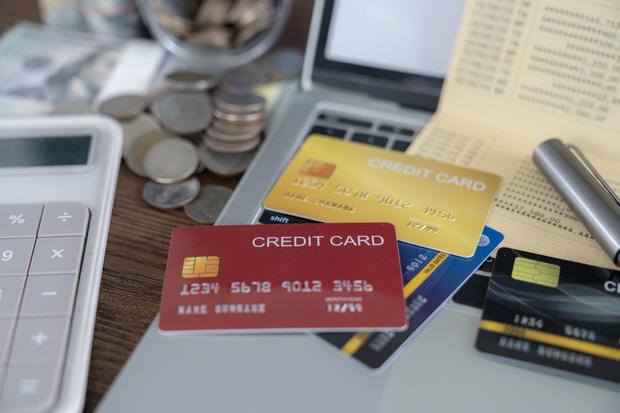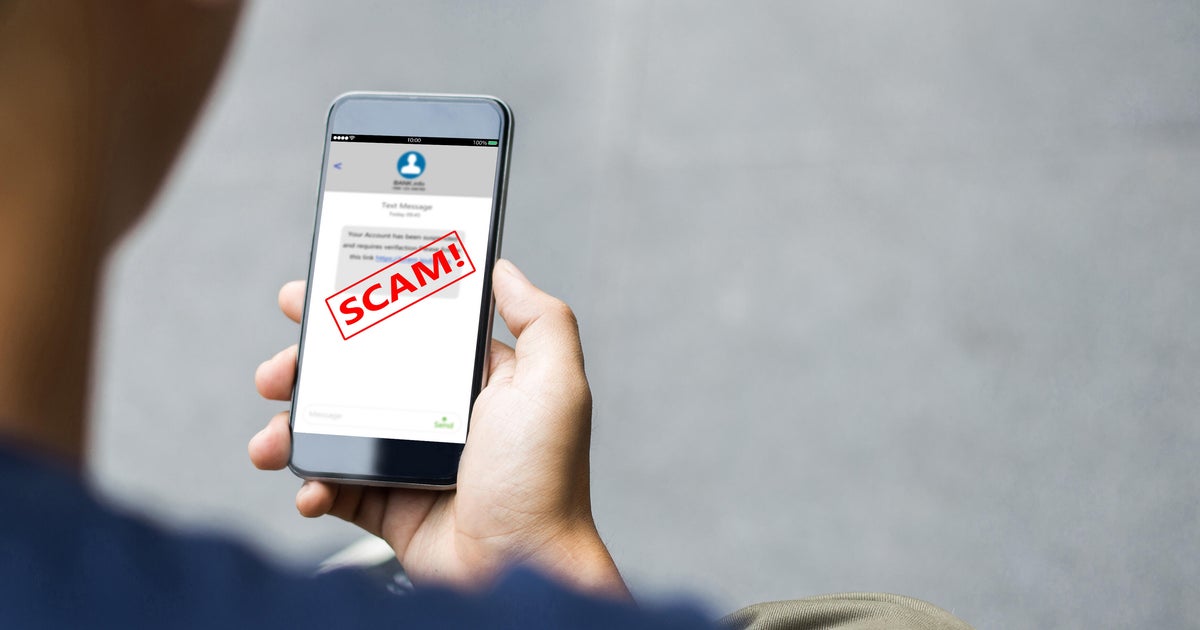Severely delinquent credit card debt is rising. Here are 6 ways to tackle yours now.
Over the last few months, there have been numerous signs that a credit card debt crisis could be looming, including an uptick in late payments and maxed-out card accounts. And, a report from the Federal Reserve Bank of New York shows that severely delinquent card debt recently hit levels not seen in over a decade. According to the report, the proportion of credit card debt classified as severely delinquent — or more than 90 days overdue — surged to 10.7% in the first quarter of 2024, a significant increase from 8.2% just one year prior.
Multiple factors may be contributing to this concerning trend. One is that persistent inflation continues to erode purchasing power and strain household budgets. And, simultaneously, credit card interest rates have remained stubbornly high and are now approaching 22%. This combination is helping to stretch budgets to their limits, making it increasingly difficult for many people to keep up with their credit card payments.
But while late credit card payments are surging, it's an issue that can have serious consequences. Delinquent card payments can damage your credit score, and late fees and penalties can accumulate, exacerbating your debt burden. In extreme cases, creditors may also pursue legal action or wage garnishment. Given these potential ramifications, addressing your delinquent credit card debt should be a top priority. Below, we'll break down how to do that.
Compare the credit card debt relief options available to you now.
6 ways to tackle your credit card debt now
There are a few ways you can try and tackle your seriously delinquent credit card debt, including:
Take advantage of a credit card forgiveness program
Credit card forgiveness programs, which are typically offered by debt relief companies, can provide relief for those struggling with overwhelming debt. When you enroll in one of these programs, the debt relief experts at the company you work with will attempt to negotiate with your creditors to reduce the total amount owed. If successful, the reduced balance owed is paid in a lump sum to settle what you owe.
By taking this approach, you may be able to drastically reduce the total amount of your credit card debt, making it faster and easier to pay off what you owe. However, you will typically owe taxes on the amount of debt that's forgiven by the credit card companies — and you'll likely see a temporary dip to your credit score, too.
Find out how the right debt relief approach could help you get rid of your credit card debt.
Take a DIY approach to debt settlement
If you're comfortable negotiating directly with your creditors, a do-it-yourself debt settlement approach can be effective. Like debt forgiveness, this strategy involves contacting your credit card companies to negotiate reduced payoff amounts or more favorable repayment terms.
While this approach can be challenging, it allows you to maintain control over the process and potentially avoid fees associated with debt settlement services. To increase your chances of success, try to gather all relevant financial information before reaching out. And, be prepared to explain your financial hardship clearly and concisely.
You should also start the process with a realistic offer that you can follow through on. That way, if a credit card issuer agrees to your offer for a lower lump-sum settlement, you can pay it quickly and in accordance with the offer terms. You should also be sure to get any debt settlement agreements in writing before making payments.
Enroll in a debt management plan
Debt management plans are structured repayment programs that are typically administered by credit counseling agencies. These plans can help you consolidate your debts into a single monthly payment, often with reduced interest rates negotiated on your behalf.
There are quite a few benefits to enrolling in a debt management plan, including simplified budgeting with one monthly payment. And, the potential for interest rate reductions is also a hefty perk, as lower interest rates will not only result in paying less interest on what you owe but could also help expedite the repayment process. This option also offers you a clear path to becoming debt-free, with a timeline that's typically between three and five years.
Utilize a credit card hardship program
Many credit card issuers offer hardship programs designed to assist customers experiencing temporary financial difficulties. These programs may include:
- Temporary interest rate reductions
- Waived fees
- Lower minimum payments
- Short-term payment deferrals
To access these benefits, contact your credit card issuer's customer service department and inquire about available hardship options. These programs are intended for those facing temporary financial hardships, though, so make sure you're prepared to explain why you need assistance and provide documentation of your financial situation.
Pay off what you owe with a debt consolidation loan
Debt consolidation loans allow you to combine multiple high-interest credit card debts into a single, potentially lower-interest loan. This approach can simplify your repayment process and may reduce your overall interest costs.
Personal loans from banks, credit unions or online lenders are common sources for debt consolidation, but there are also specific debt consolidation loans offered for this purpose. However, if you're seriously delinquent on your card debt, it could be tough to get approved for a low rate on this type of loan, as your credit score plays a large part in the approval process.
Consider bankruptcy as a last option
Given the major impact that bankruptcy can have on your finances (and your credit), this option should be viewed as a last resort. That said, bankruptcy can provide a fresh start for those facing insurmountable debt, as it can either wipe out your debt or restructure it to make it more affordable (depending on which type you pursue).
Make sure to explore all other debt relief options first, though. It can also help to consult with a bankruptcy attorney to understand your options and ensure that you understand the long-term impact it can have on your financial future. That way, you can make an educated decision on whether the benefits of bankruptcy outweigh the clear downsides of taking this route.
The bottom line
The rise in severely delinquent credit card debt is a stark reminder of the financial challenges many Americans face in today's economic environment. However, by proactively addressing your debt using one or more of these strategies, you can take control of your financial future. Remember, the key is to act swiftly and decisively. Whether you choose to negotiate directly with creditors, enroll in a structured program or seek another type of assistance, taking steps to tackle your credit card debt now can help you avoid more severe financial consequences down the road.






